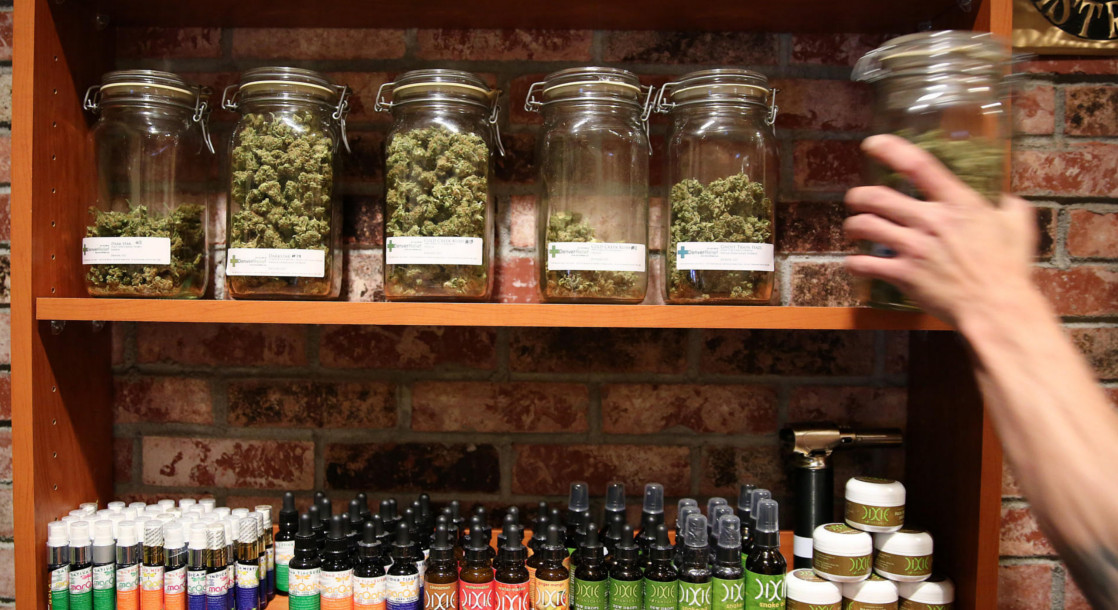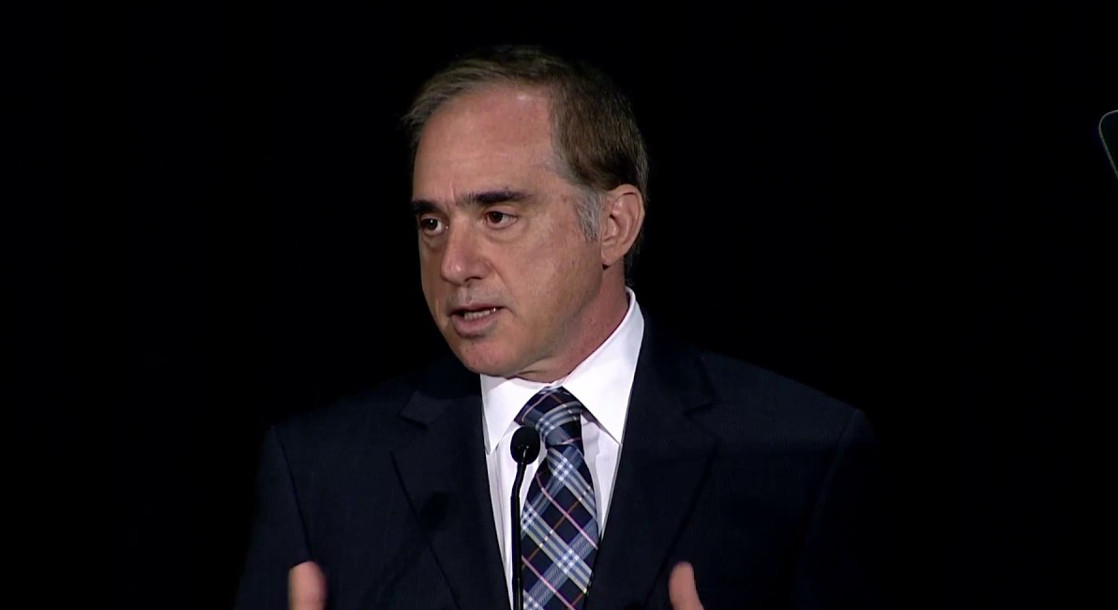A study published this week in the Health Affairs journal reports that Medicaid patients in states with legal medical marijuana were using fewer prescription drugs than patients in states where MMJ is prohibited. The study looked at quarterly data on all fee-for-service Medicaid prescriptions between 2007 and 2014. The researchers found “statistically and economically meaningful reductions in prescription drug use associated with” medical marijuana laws.
Medicaid will not reimburse patients for medical marijuana treatments, thanks to the Schedule I status of cannabis. Because of this, the Medicaid system spends less money when Medicaid patients choose medical marijuana over traditional pharmaceutical drugs. The study reports that the total savings associated with medical marijuana laws ranged from $260.8 million in 2007 to $475.8 million in 2014. Based on this, the researchers estimated that the entire Medicaid system could have saved $1.01 billion if medical marijuana were legal in every state.
The study concludes that “patients and physicians in the community are reacting to the availability of medical marijuana as if it were medicine.” The researchers believe that this study adds to the “substantial and growing evidence that the requirements for Schedule I status involving 'no currently accepted medical uses' are no longer met by marijuana.” A DEA classification of Schedule II, for drugs that have “currently accepted medical use,” seems more appropriate for marijuana, given the wealth of research proving its medical benefits.











